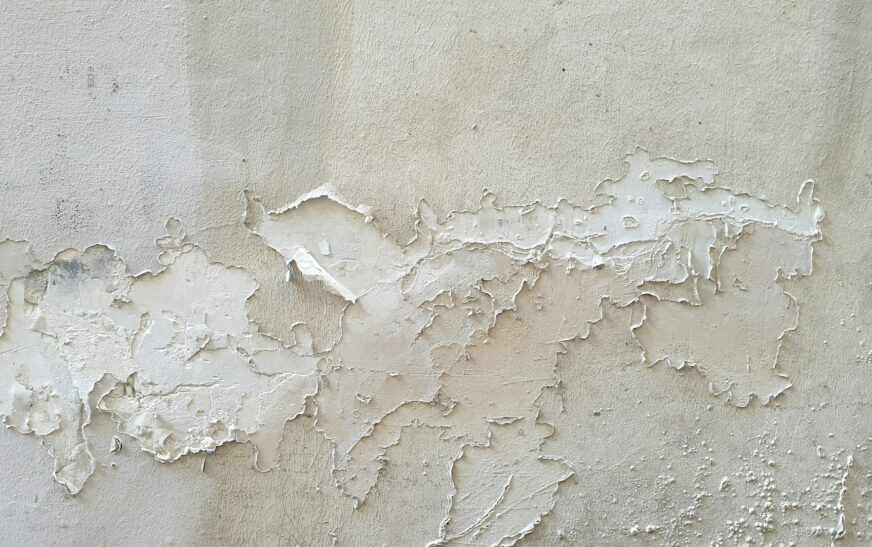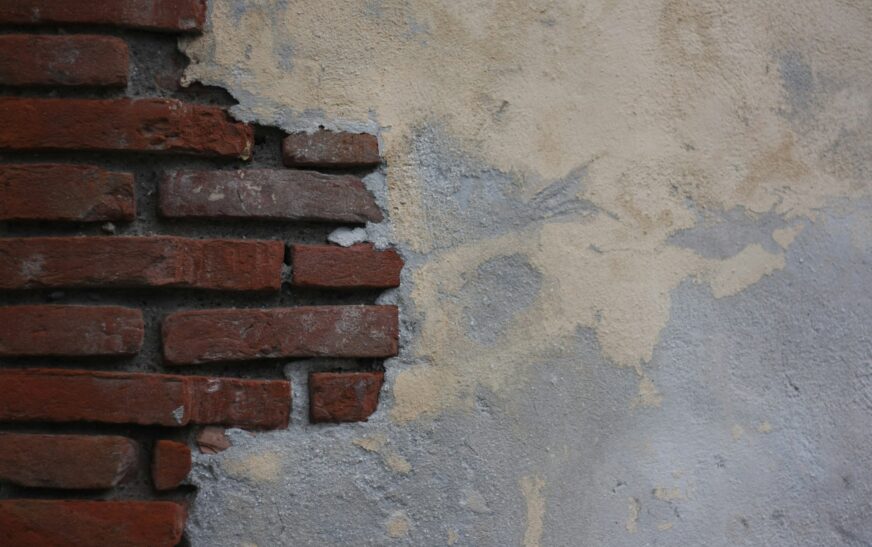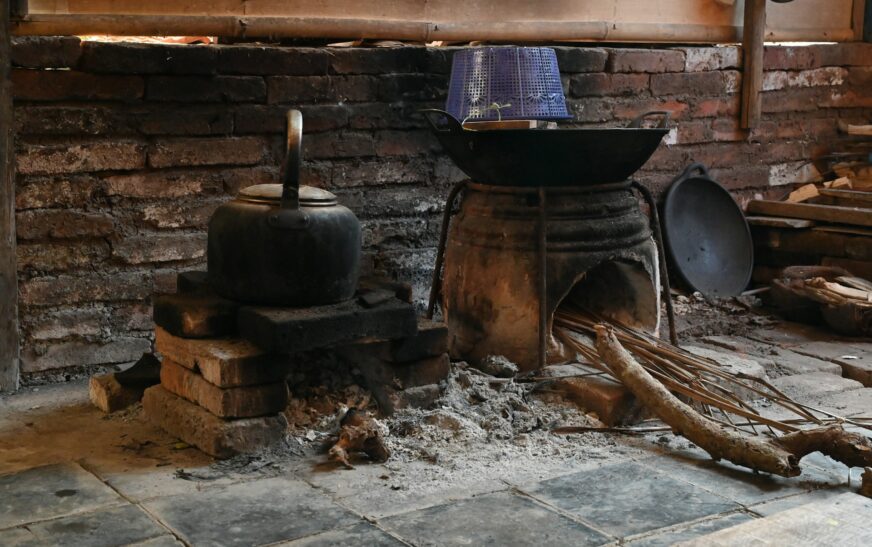Removing latex paint from brick isn’t just about elbow grease and a prayer—it’s a careful balancing act of patience, technique, and knowing which products won’t turn your brick into a horror show. If your once-red wall now sports peeling white or beige, you might be asking yourself: how do I get this stuff off without wrecking the brick?
Good news: it’s doable. Bad news: a scraper alone won’t cut it.
Why It’s Tricky
Latex paint is flexible and water-based, which makes it cling to surfaces instead of soaking deeply—usually. On textured, porous brick, however, it can sneak into crevices, making removal more of a puzzle than a quick wipe-down.
And then there’s the brick itself: some are soft and fragile, others hard or glazed. Each reacts differently to chemicals, scrubbing, and water. Translation: there’s no one-size-fits-all fix.
Best Methods for Removing Latex Paint from Brick
Here’s the playbook for restoring your brick without causing permanent damage:
1. Citrus-Based Paint Strippers (Low VOC)
Eco-friendly and surprisingly effective. These gels cling to vertical surfaces, breaking down latex paint over several hours. Once softened, scrape it off with minimal effort. Bonus: smells like oranges instead of a chemistry lab.
2. Masonry-Safe Chemical Paint Removers
Stronger stuff for tough, multi-layered paint. Make sure it’s labeled safe for brick—some strippers can etch or leave residue if not rinsed properly.
3. Steam Removal
Steam softens latex paint gently, without harsh chemicals. Perfect for indoor brick where ventilation is limited. Once steamed, lift the paint with a plastic scraper or stiff-bristle brush.
4. Pressure Washing (Exterior Only)
Exterior bricks? A controlled pressure wash can blast off flaking layers. But careful—too much pressure can gouge soft brick. Use a fan tip and moderate PSI.
5. Peel-Away Paint Removal Systems
Apply thick paste, cover with laminated sheets, wait, then peel away. Works like magic for multiple layers, though it’s a bit time-intensive.
Pro Tips for a Smooth Removal
- Test First: Always start in a hidden spot. Brick can react unpredictably, especially if sealed or damaged.
- Use Plastic Tools: Metal scrapers = brick scars. Stick with plastic or wood.
- Work in Sections: Apply, dwell, remove—then repeat. Don’t try to do the whole wall at once.
- Let Strippers Dwell: Rushing this step = more frustration and reapplication.
- Avoid Wire Brushes: Sure, they look like they’ll get the job done fast—but they’ll leave permanent scratches.
Read More : Can You Take Paint Off of Brick?
Aftercare: Protect and Preserve
Once your brick is paint-free, rinse thoroughly with warm water and let it dry. If the brick is outdoors, consider applying a breathable masonry sealer. This keeps moisture from causing future paint mishaps while letting the brick “breathe” naturally—because nobody wants a repeat of the peeling nightmare.










